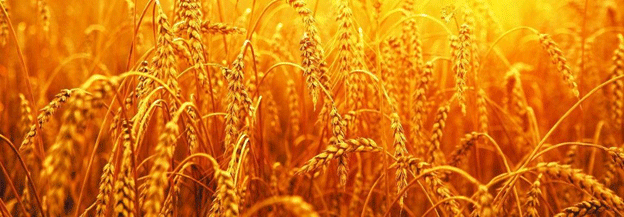Challenges in Late Wheat Sowing
Farmers in Ludhiana and surrounding regions are facing a critical sowing window as they complete the harvest of cotton, potatoes, and peas. The late sowing period, typically from late December to early January, requires specific attention to maximize yields. AS Dhatt, a wheat expert at Punjab Agricultural University (PAU), highlighted that this delay in sowing is often due to the harvest schedule of other crops, affecting the planting of wheat which is crucial for the rabi season.
Recommended Varieties for Late Sowing
PAU has identified several wheat varieties that are suitable for late sowing, including PBW 752 and PBW 771 for December, and PBW 757 for the first fortnight of January. These varieties are particularly recommended for their adaptability to late sowing conditions. AS Dhatt explained, “These varieties don’t show a significant reduction in yield compared to timely sowing varieties. While timely varieties may yield around 20 quintals per acre, these late varieties will yield approximately 18 quintals per acre.”
Key Tips for Farmers
To maximize yields under late sowing conditions, PAU experts have recommended the following practices:
- Seed Rate: Use a seed rate of 40 kg/acre to ensure an optimum plant population.
- Spacing: Sow at closer spacing of 15 cm to suppress weeds and enhance growth.
- Fertilization:
- For wheat crops sown up to mid-December, drill half the dose of urea (45 kg) and all the phosphorous at the time of sowing. Top-dress the remaining 45 kg of urea at the first irrigation.
- For crops sown later, reduce the quantity to 35 kg of urea per acre, split into two applications.
- Irrigation Schedule: Under late sowing conditions, provide the first and second irrigation at four-week intervals, the third at three weeks, and the fourth at two weeks from the previous irrigation.
These measures help in maintaining crop health and achieving reasonable yield even with the delayed planting schedule.
Late sowing of wheat is becoming an increasingly common practice due to staggered harvests of other crops in regions like Ludhiana. PAU’s recommendations for varieties such as PBW 752, PBW 771, and PBW 757, along with the advised agronomic practices, offer a practical approach to maximize yield under less than ideal sowing times. While there may be a slight reduction in yield, farmers can still achieve productive outcomes with careful management and appropriate variety selection.
Error





